
Patios, Walkways & Driveways
We unite suppliers and green industry professionals worldwide
Banana pepper is a popular pepper among chilli growers and vegetable gardeners and is widely consumed. People adore them for their mild, tangy flavor that adds some zing to a dish without bringing the heat.
By Mariam Scott
|Published on September 15, 2025
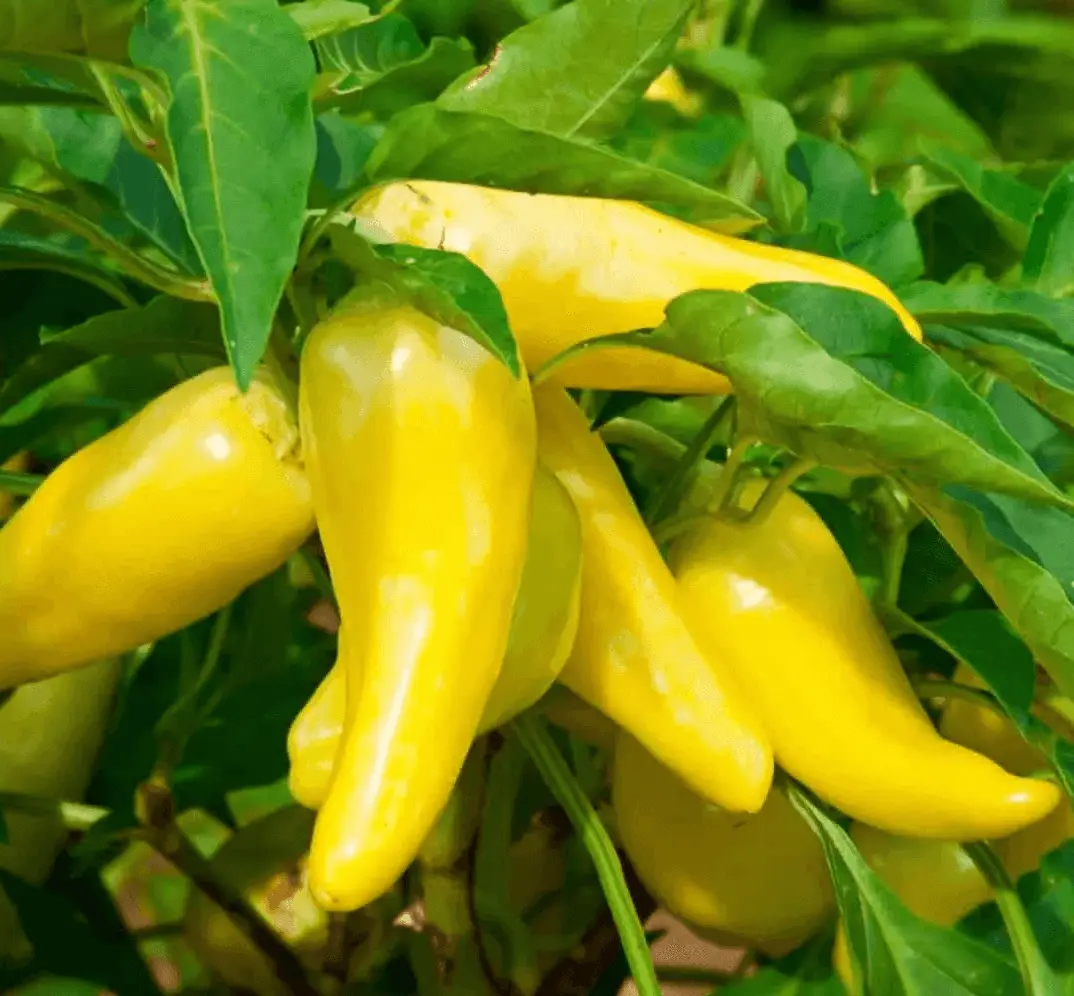

Banana pepper is a popular pepper among chilli growers and vegetable gardeners and is widely consumed. It is generally yellow once ripe; however, some types may be green, orange, or red while grown in different conditions and at different stages of maturity. The peppers are long, smooth, and slightly curved, and they are similar to those of a banana, hence the name.
People adore banana peppers for their mild, tangy flavor that adds some zing to a dish without bringing the heat. They are easy to grow, prolific, and versatile in the kitchen, good raw for salads, sandwiches, pizzas, pickles, and cooked dishes. Not only are banana peppers unexpectedly delicious, but they also contain a lot of micronutrients and antioxidants, making the largely overlooked fruit attractive to everyone from home gardeners to classically trained chefs.
| Scientific Name | Capsicum annuum |
| Common Names | Banana pepper, yellow wax pepper, sweet banana pepper |
| Family | Solanaceae (nightshade) |
| Genus | Capsicum |
| Species | Capsicum annuum |

September 18, 2025
10 minute read
September 17, 2025
9 minute read
September 17, 2025
20 minute read
September 17, 2025
20 minute read


Join as a seller and connect with thousands of B2B buyers nationwide!
Sign Up

Edamame
Edamame is a member of the Glycine genus in the Leguminosae (Fabaceae) family.
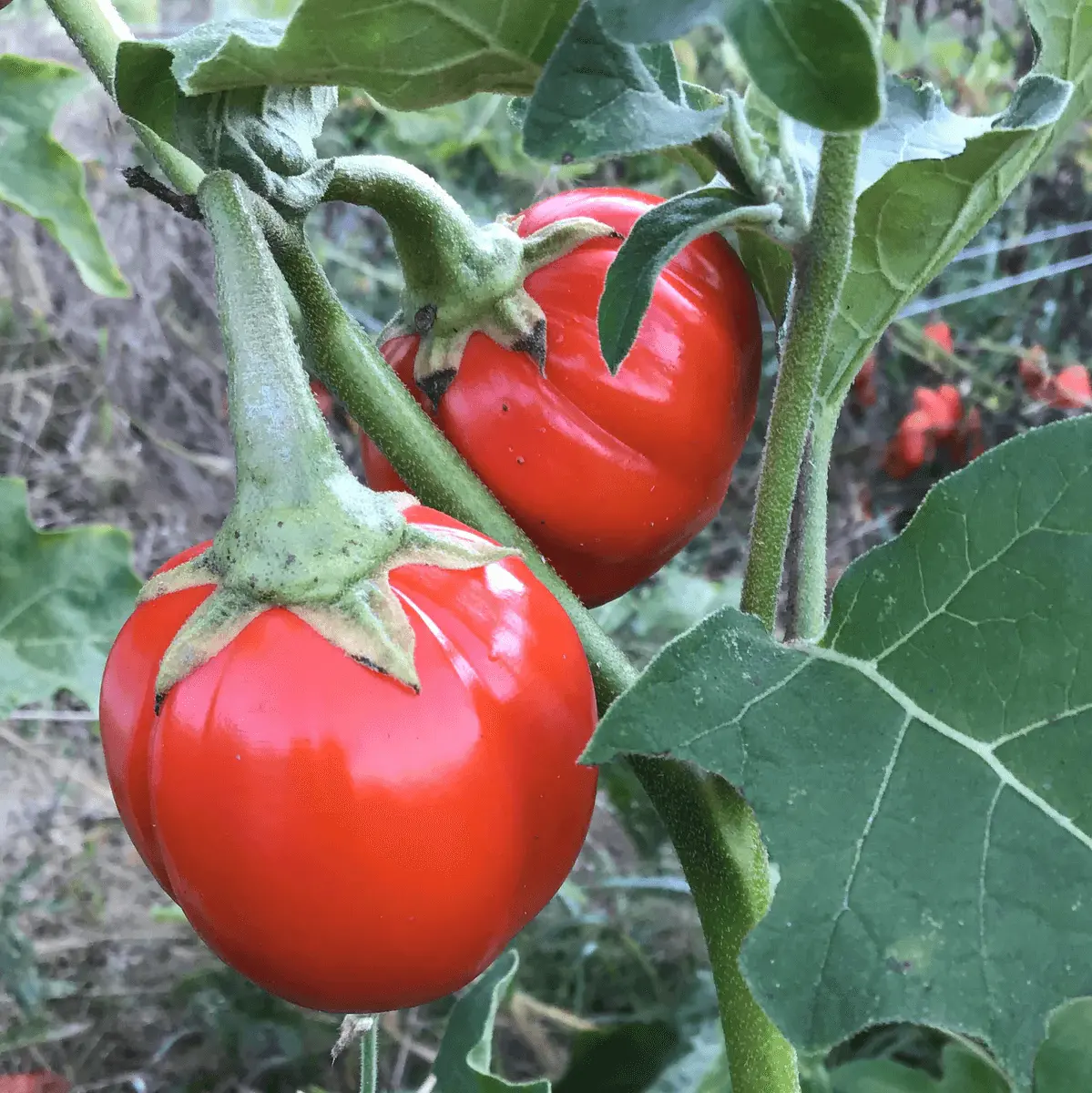
African Eggplant
The African eggplant (also known as garden egg, or Solanum aethiopicum) is a beautiful and nutritious plant that does very well in hot tropical places like parts of Africa and Asia. It bears small, round fruit that is red or orange when ripe but can also
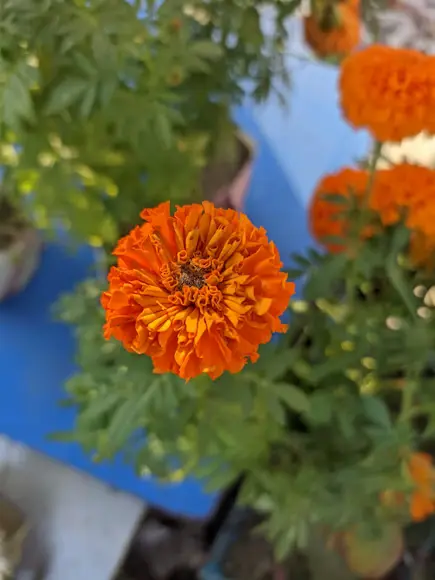
African Marigold
The African Marigold is a strong flower that is prevalent in many warm places around the globe. It is known for its big yellow, orange, or gold flowers, which are useful for gardens, borders, and cut flowers.

Bamboo
Bamboo is grown in various regions of the world and is a sustainable alternative to wood. One of the fastest-growing plants on Earth, some species of bamboo can grow up to 39.37 inches per day. People like it because it is incredibly strong, flexible, and
Banana peppers have been cultivated for centuries in many parts of the world. They are used for salads, sandwiches, as pizza topping, and in pickles. Some cultures use them as well in stews and sauces.
Mild flavor makes them popular with kids and adults. Not only are they tasty, they also contain vitamins C and A, which can be a healthy part of a balanced diet.
Banana peppers served in sandwiches in North America, Europe and a few places in Asia. Produce stands, delis and restaurants all carry pickled banana peppers. They are also cultivated in the home garden and by smallholders. In other cultures, they represent prosperity and are eaten during festivals and celebratory meals.
Banana peppers are not as hot as jalapeños, habaneros, or cayenne peppers. They have smooth, thin skin and a tart taste. Also, unlike super hot peppers, banana peppers can be consumed in large quantities without pain. They have a longer and curved shape, contrasting with bell peppers and chili peppers.
Banana peppers are fun and unique. Despite being mild, they are part of the chili pepper family. Some types turn from green to yellow, orange, and red as they ripen. Banana peppers are also used to make pickled banana peppers. These peppers are loaded with vitamins A and C and low in calories, so they're good for you, but delicious.
Banana pepper plants are short and sturdy, and are a good plant for a home garden. They are able to produce several peppers per plant throughout the season. It prefers warm temperatures, full sunlight, and well-drained soil. It doesn't get many pests or diseases, so it's quite easy to care for.
Banana peppers work well in the kitchen. They can be eaten raw, in salads or sandwiches, cooked in stews or pickled. They are also well-loved on pizzas, salsas, and as a snack topping.
Banana peppers grow best in warm, sunny climates. They need at least 6–8 hours of sunlight each day. Well-drained, fertile soil helps the plants produce healthy fruit. Regular watering and good spacing are important for optimal growth. The plant can also be grown in containers or raised beds.
Banana peppers are generally hardy, though they may be susceptible to pests like aphids, spider mites and caterpillars. Fungal infection, such as powdery mildew, can similarly present. Proper care, good air circulation, and pest monitoring help maintain healthy plants. Resistant varieties are available for easier cultivation.
Banana pepper seeds are small, flat and cream-colored. They are lightweight and manageable. Under suitable circumstances, each of such seeds can be the start of a healthy plant. It is best to germinate fresh seeds as they are more reliable than older seeds.
Seeds germinate in warm, moist soil within 7–14 days. They require a temperature of 70–80°F for optimal growth. Shallow planting with light covering ensures better sprouting. Consistent moisture and warmth encourage strong seedlings.
Banana pepper seeds remain viable for 2–3 years if stored properly. Cool, dry storage extends seed life. Healthy seeds grow into vigorous plants that produce abundant fruit. Using fresh seeds improves germination rates and plant performance.
Seeds originally come from the banana pepper. Seeds can be started indoors and transplanted outdoors. They can also be directly sown into warm soil after the last frost. The right distance between plants optimizes development and harvest.
Plants should be spaced 11.81–17.72 inches apart for ideal growth. They need full sun and plenty of water. Mulching also helps keep the soil moist and under control of weeds. Fertilizer increases fruit and plant health production.
Banana peppers are not susceptible to the most common garden pests, but that does not mean one should neglect them. It should be checked regularly for any kind of insect or fungal attack. Healthy soil, appropriate watering, and crop rotation are all risk reducers. Varieties are resistant to greater control.
Banana peppers grow quickly and can be harvested in 60–75 days from planting. The peppers are picked when they are yellow for a mild flavor or allowed to turn red for a sweeter taste. Regular harvesting encourages more fruit production.
Fresh banana peppers can be stored in the refrigerator for up to 1–2 weeks. Pickling or freezing extends shelf life. Handle them gently to avoid bruising. Wash before use and store in a cool, dry place.
Banana peppers are mild, versatile, and easy-to-grow chili peppers. They are nutritious and add flavor without too much heat. The plant is hardy, produces abundant fruit, and can be harvested multiple times per season. From salads to pickles, banana peppers are enjoyed worldwide.
About 60–75 days from seed.
No, they are mild with little heat.
Yes, they are often eaten raw in salads and sandwiches.
Yes, they ripen from green to yellow, orange, or red.

Patios, Walkways & Driveways
Victor Miller

Pest Identification & Prevention
Victor Miller
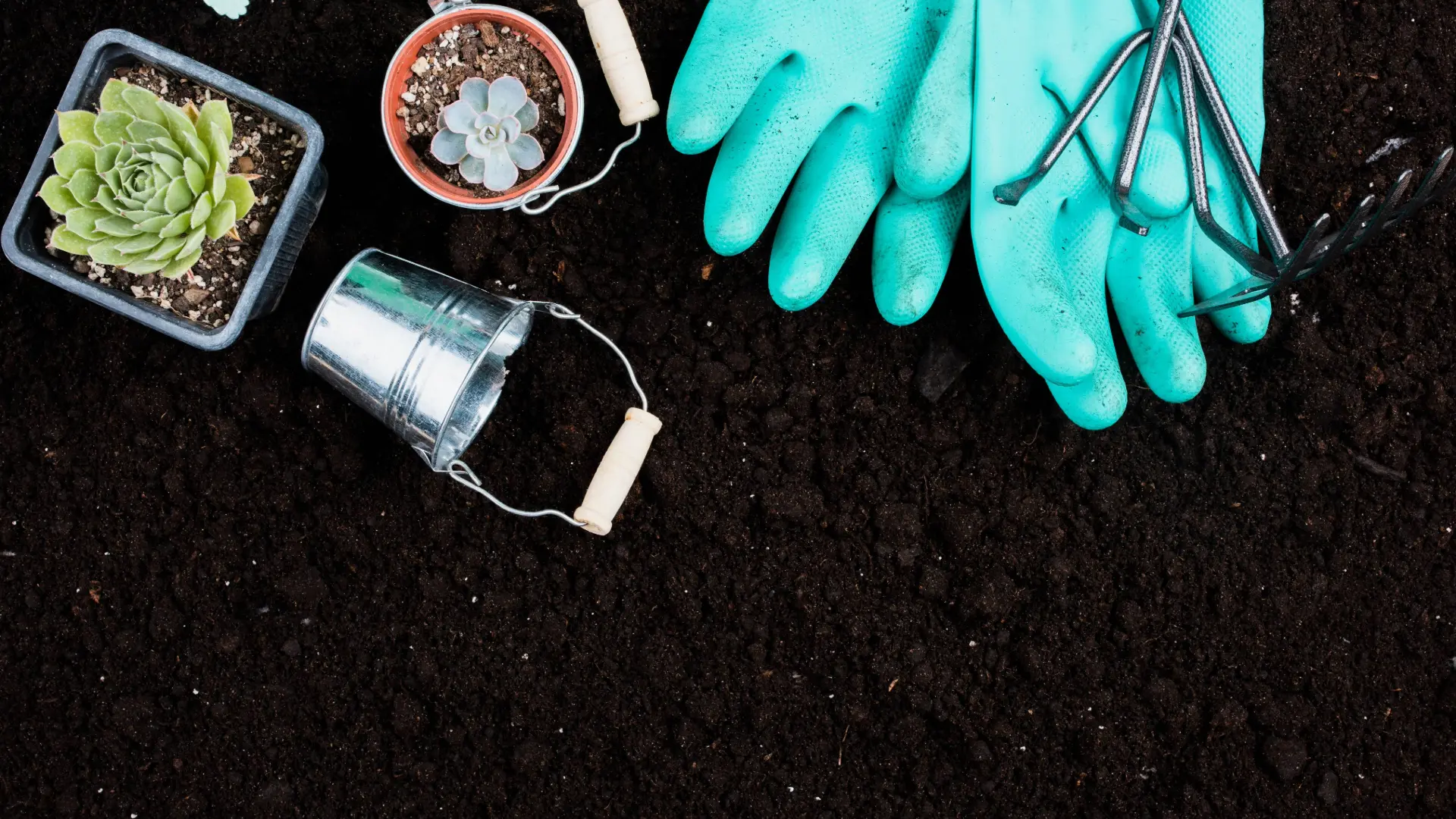
Soil Health & Fertilization
Gina Lazaarus
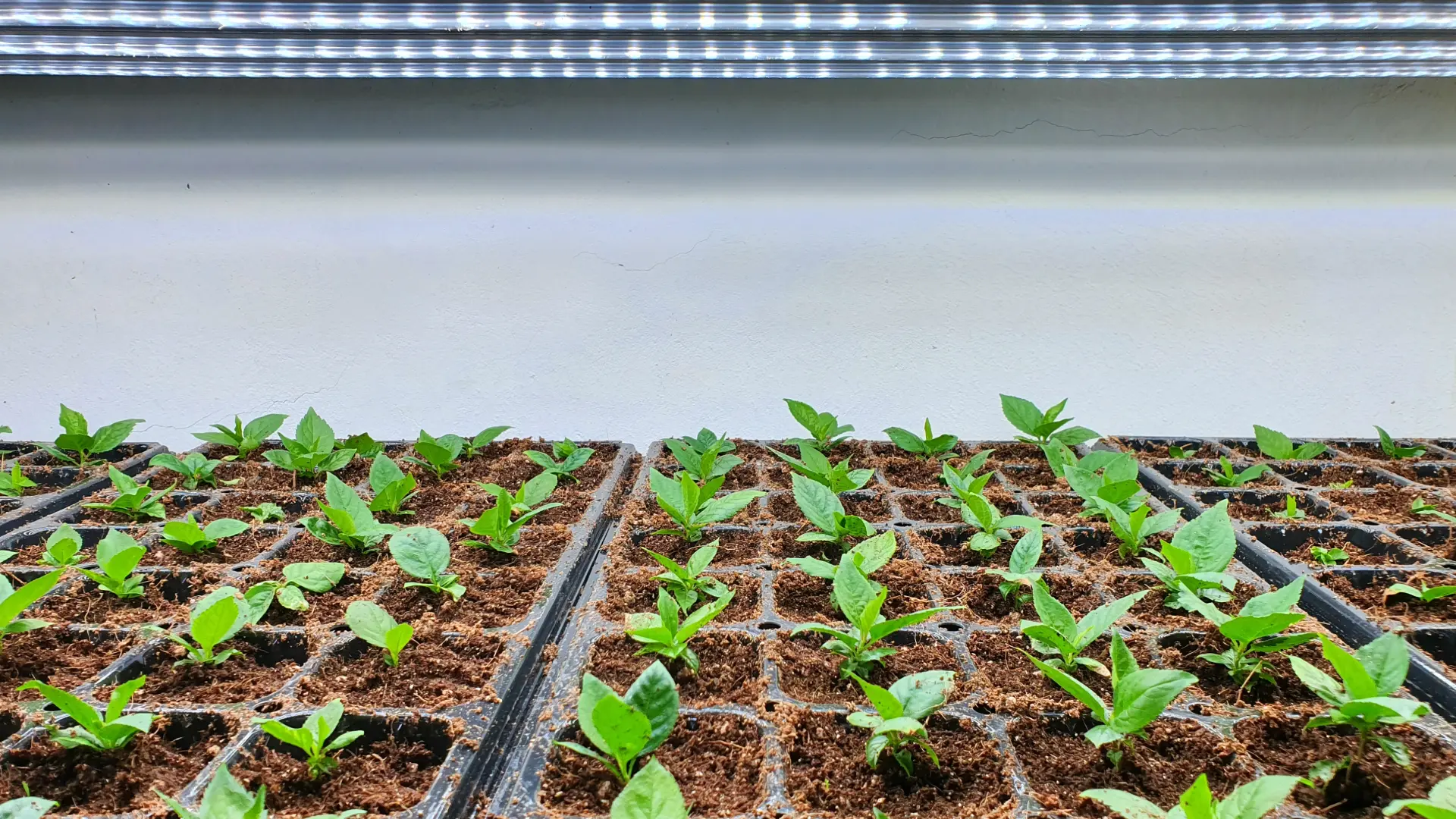
Lighting & Technique
Gina Lazaarus
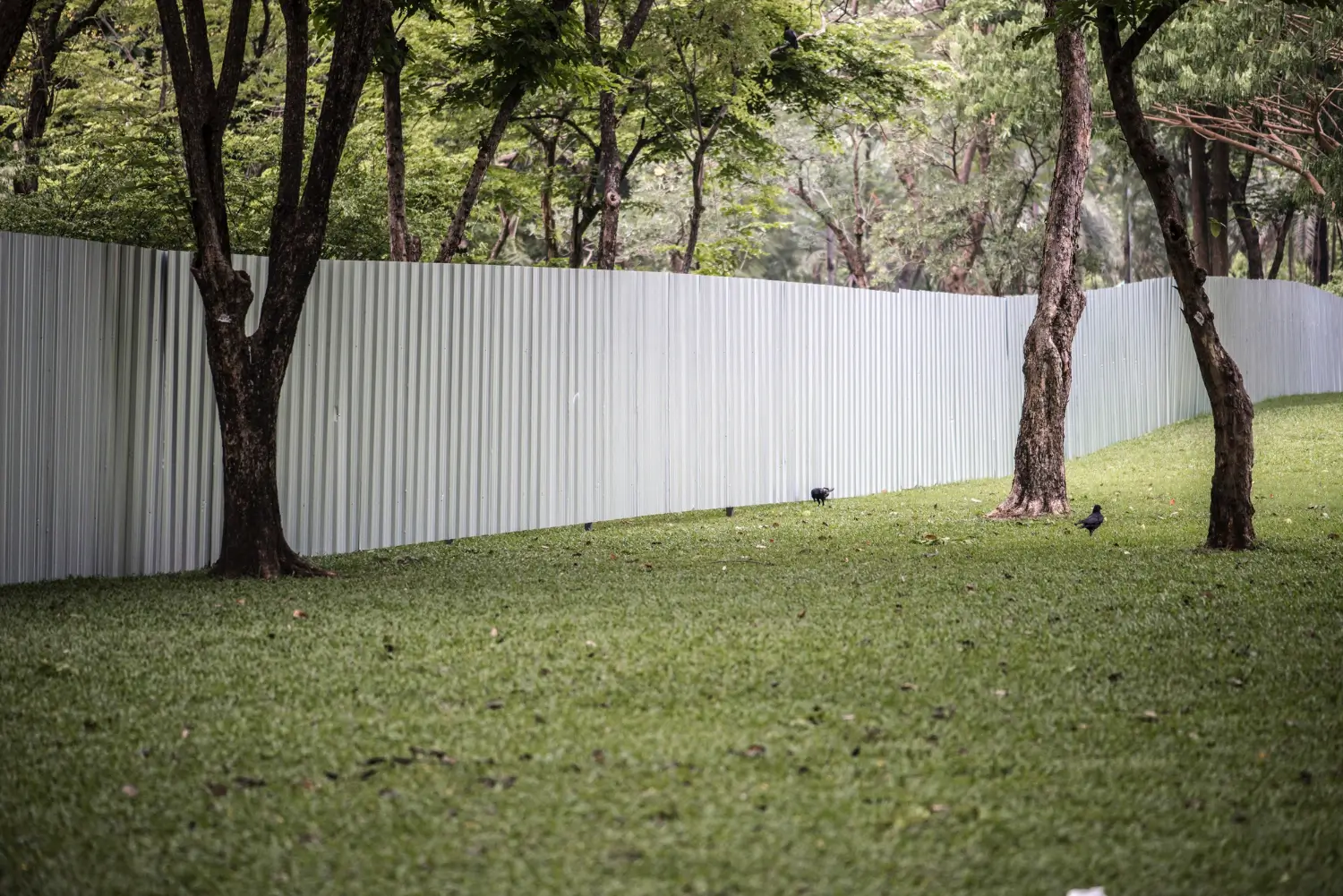
Construction Tips & Techniques
Victor Miller

Maintenance & Equipment Tips
Victor Miller

Soil Health & Fertilization
Victor Miller

Organic Gardening
Gina Lazaarus
My Account
Our team is always here to help.
We are open Monday - Friday, 9:00 AM to 4:30 PM PST.